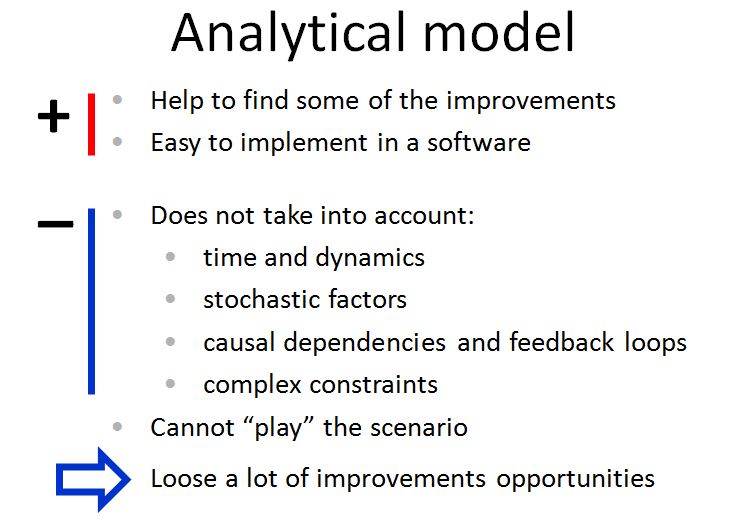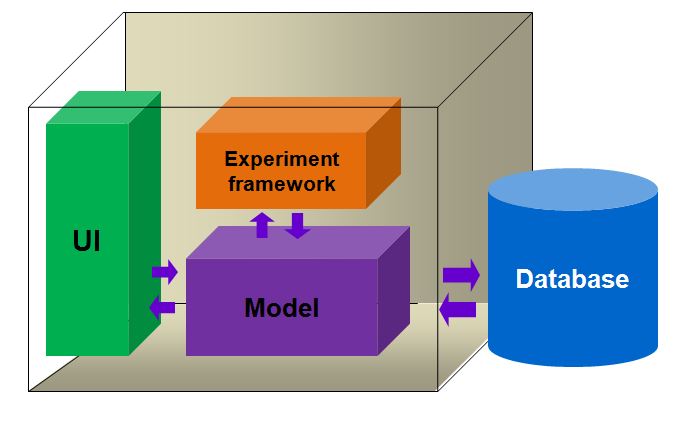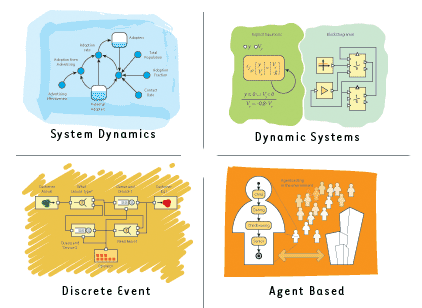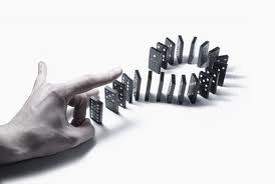- Contact us
- +7 (812) 425-24-57
What is the Decision Support System? What is it needed for?
We find a lot of definitions of the term Decision Support Tool (DST) in scientific literature. In short, DST is a computer system used in a decision-making system process.
Skeptics have commented that nobody can take decisions better than experienced executives who have spent a lot of time and effort working in a vertical, and learned all its nuances. This strong statement is difficult to argue with. In the last decade, it has been observed from computer software and systems usage in companies world-wide that software tools are not a panacea, and that software cannot replace a C-level executive.
Nevertheless, some decisions require more knowledge of the state of the business, and analysis of collected data. Computer software tools help here, especially DSTs. The system is not a replacement for a decision maker, it just makes the decisions more effective and more efficient.
Managers and decision-makers often do not realize that they constantly deal with DSTs. For example, if we look at the technical and financial plan of any project, we will most probably find Excel spreadsheets. These Excel documents are in fact computer models whose results are used in strategic decision making.
DST structure
A typical DST consists of a model, an experiment framework, a database, and a user interface. Let’s look at all these components in more detail.
Model is a formal representation of a system. The system can have various natures: economical, technological, social etc. In the process of building the model, the following data is used:
- technical and technological, e.g. mass, length, speed, timing etc.
- economical, e.g. oil prices, construction costs, transportation costs etc.
- social, e.g. how fast is market response, loyalty of partners and customers, HR rotation etc.
A model often uses collected data, e.g. historic trend approximation is usually used for price forecasting. To get this data, the model should be connected to the corporate database.
The model is the backbone of DST, but business users concentrate more on experiments they can carry out with the model. A typical experiment framework includes:
- "What if?” – a single model execution with one set of parameters.
- “Optimization” – an experiment that allows you to find a parameter set for the model to show the maximum or minimum value of an objective function.
- “Sensitivity analysis” – an experiment that allows you to observe how changes in one of the parameters influence the modeling results.
- “Monte-Carlo method” – experiment that allows you to estimate how the internal stochastics of the model influence the modeling results. Each of the model output is treated as a statistical dataset with mean value and deviation.
DST also includes a user interface—a visual computer environment that allows you to run experiments, and organize modeling results into management dashboards.
What types of models do we see in business?
What types of models are frequently used in day-by-day management activities? At first glance, we can see Excel-based models. Microsoft Excel allows massive usage of mathematical calculations in business routine. It has never been so easy to calculate stock in a warehouse or to do accounting calculations. Excel is a modern standard support for analytical models in business.
In analytical models, processes in the system are represented as a set of equations and logical expressions. Model execution is a process of solving them. Pros and cons of analytical models are shown in the picture.

It is said in expert communities, that the pure analytical model usage is full of serious challenges that make classical analytical models with known solutions non-applicable for solving real business tasks.
This is because the correctness of a model is directly dependent on how it represents dynamic specifics of the systems.
- Business has inertia. Tomorrow’s results depend not only on the state of the business today, but also on the whole historic trajectory.
- Tomorrow’s results also depend on today’s decisions as well as external influences.
- Most of these dependencies form feedback loops that produce nonlinearity that is uncontrollable using intuition and linear logic.
In such cases, simulation models are another type that helps tremendously. In a simulation model system structure explicitly defined in the model, while system behavior is defined as a set of rules, algorithms and equations that connects model’s variables; both structure and behavior logic are executed on a computer to get full system dynamic over time. Apart from their many pros, simulation models definitely have their own cons, which are shown with the pros in the picture below.







